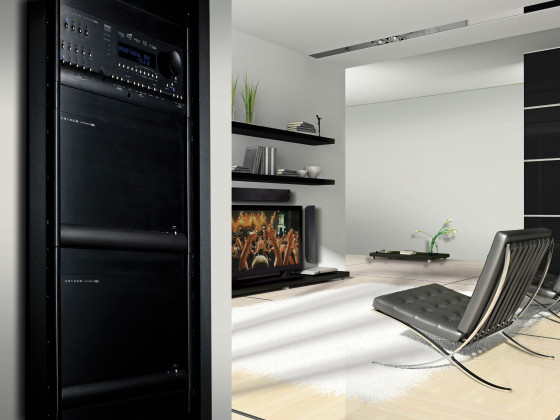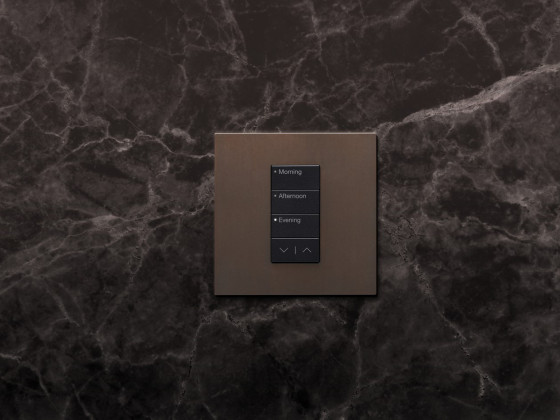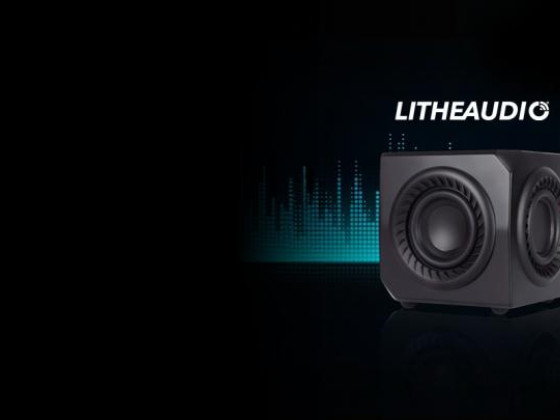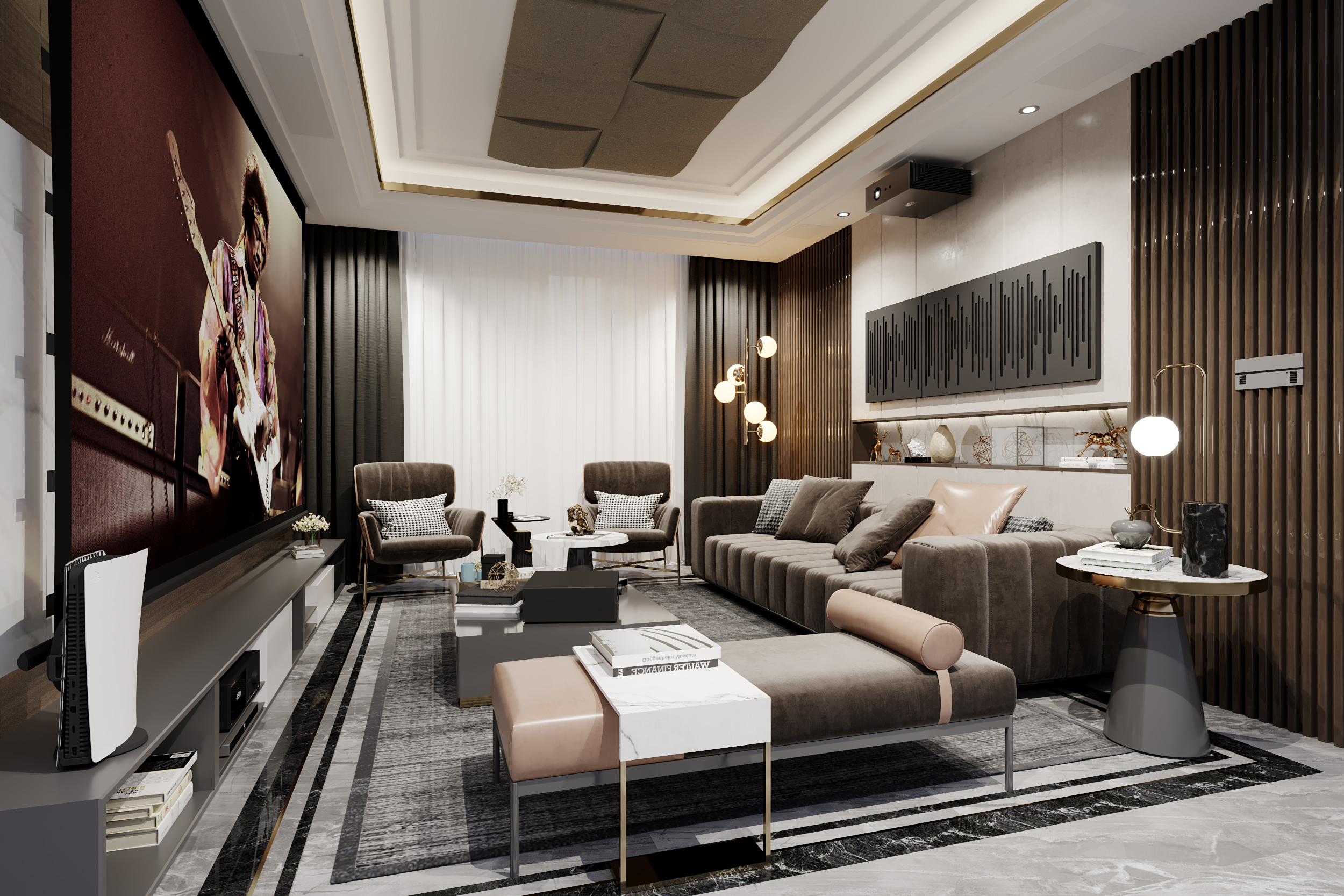
As providers of some of the best home cinema equipment on the planet, Pulse Cinemas is of course deeply immersed in all the new technologies that in the last few years have taken performance to the next level. One of the major breakthroughs in recent times of course has been the introduction of immersive surround sound technologies that have sought to add new dimensions to the home cinema experience. But what is the difference if any different systems available? Here we take an overview of the differences between Dolby Atmos, DTS:X Pro, Auro 3D and IMAX Enhanced.
Dolby Atmos
The system made its debut in commercial theatres back in 2012, however the system is now widely available from many AV brands including of course Anthem and StormAudio from our own line up. The system is based on ‘object-based surround sound technology’ which expands on the 5.1 or 7.1 surround sound setups from the past and adds more surround channels as well as audio from overhead. The most basic set up for Dolby Atmos is 5.1.2 (two height channels) and 5.1.4 (four height channels), from there you can build to layouts like 7.1.2 (two ceiling speakers, extra surround channels), 7.1.4 (like 7.1.2, but with more in-ceiling channels) and 9.1.2 which adds a pair of front wide speakers to a 7.1.2 layout. There is of course the option to add more bass via subwoofers where appropriate. The main benefit over legacy systems is that if you are dealing good quality content and the system has been expertly calibrated, sounds within the dome of audio created by Dolby Atmos can be placed more precisely within the room delivering a more natural feel to what the audience experiences. This is where the name object based comes from, it simply means the system can place given sounds precisely in the room because each speaker has its own discrete feed. If a gunshot is meant to emanate from the right-hand upper part of what is happening on the screen, the system can place it precisely there in the room. This is the same for audio ‘objects’ which need to be placed behind, to the side or elevated above the viewer. Basically, the system creates a 3D audio experience similar to how sound works in the real world.
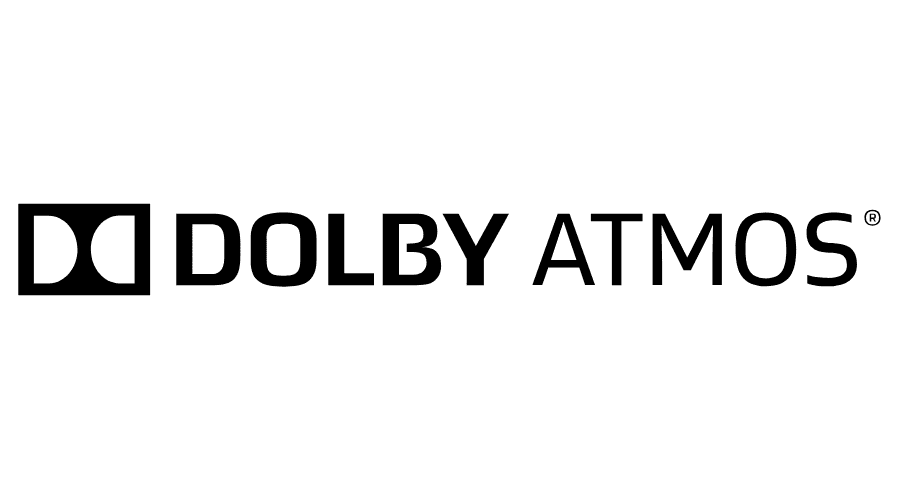 DTX: Pro
DTX: Pro
This system takes a similar approach to Dolby Atmos allowing up to 32 speakers to be arranged in layouts each receiving its own part of the audio mix. Where the system differs from Dolby Atmos, is that it takes a more flexible approach to speaker layout. The system is capable of playing back through legacy speaker layouts such as 7.1. Obviously, this is useful for owners of these types of setups, but clearly the ideal approach is for a speaker array set up in a similar way to a Dolby Atmos system. Another difference is that this system began life as a home cinema offering and then made its way into commercial setups, its rival Dolby Atmos made the journey in the opposite direction.
To create the system, the company’s DTS:X's Multi-Dimensional Audio (MDA) platform is used, which is open and licence-free allowing movie producers to control the placement, movement and volume of sound objects. Again, Pulse Cinema ingredients fully support and this format.
 IMAX Enhanced
IMAX Enhanced
There has been some confusion around where IMAX enhance fits into the picture. However, it is pretty simple. IMAX Enhanced simply takes the DTS:X Pro audio platform, builds on that and also adds IMAX visuals into the mix. AV equipment compatible with this format including the StormAudio MK2 will deliver enhanced object-based audio as well as expanded visuals based around the IMAX platform with its wide aspect ratios. The format can be seen as a way of rivalling the way Dolby Vision is combined with Dolby Atmos to offer a complete package, in particular as a way of the getting the best from HDR. To meet the standard set down by IMAX, products must meet criteria across calibration, resolution, colour, brightness and contrast.
 AURO 3D
AURO 3D
This format is different in two ways from DTS:X Pro and Dolby Atmos. It takes a different approach in creating an immersive sound field and is the only format that was developed not by a massive global company. The format was developed in 2005 by Wilfried Van Baelen, CEO and Founder of Galaxy Studios and Auro Technologies based in Belgium.
In terms of layout the system offers three layers of height at channels that are designed to mimic the way humans experience sound in the real world. Strictly speaking it is a channel-based approach as opposed to an object approach like its rivals, but the company argues its ability to move sound around the room in a natural way is the more effective. Basically the format adds extra height channels to a traditional 5.1 or 7.1 setup, the format is not a massive fan of overhead speakers arguing that we don't have ears on the top of our head and that is not how sound reaches our ears in the real world. Instead the format seeks to mimic the heights and angles at which our ears gather sound in the real world. The height information that is captured during recording is mixed into a standard 5.1 surround PCM carrier, and during playback the Auro-3D decoder extracts the originally recorded height channels from this stream. AuroMax expands on the basic layout used by Auro 11.1 and Auro 13.1 by dividing the side, rear and ceiling channels into ‘zones’, to allow for placement of sound at discrete points along the wall or ceiling as well as within the room itself. itself. Common speaker set ups for this format include 9.1, 10.1, 11.1 (with added front height centre channel) and Auro 13.1 (with added Left Rear Surround & Right Rear Surround channel). StormAudio is fully compatible with Auro 3D.

Key differences
Sébastien Gailleton, Director, Product Management and Hardware Development at Immersive Audio Technologies, creators of the StormAudio brand also has some important technical points to make.
Sébastien says, “While all these formats are immersive, so offering an enveloping sound, they differ in the speaker constellation they offer by design. Dolby Atmos offers up to 34ch with 24ch evenly distributed on a circle at the ear level and 10 speakers distributed in two ceiling lines aligned with L and R speakers. With this arrangement, Dolby Atmos can reproduce sound sources rotating 360° around the listener and front to back effects with high spatial resolution.
“Auro-3D is limited to 13ch split in two layers, one at ear level, one stacked above at a recommended angle of 30° and an additional overhead speaker (Voice of God or VOG). This constellation helps reproduce sound sources continuously moving in and between the two layers with enhancement of front to back effects using the VOG.”
Sébastien continues, “DTS:X Pro offers 30ch distributed over a dome in four layers: one at ear level, two elevated, one below ear level and an additional single overhead speaker. This constellation allows for the reproduction of any sound sources moving over the dome with uniform resolution. IMAX Enhanced is an extension of DTS:X providing a specific Bass Management spread over the subwoofers and the surround layer speakers, aimed at providing a similar experience to an IMAX system where speakers are large enough to reproduce bass. Although somewhat different in their azimuth/elevation angles, tolerances are large enough to wisely define speakers constellations that can work for all formats.”
Which is best? The Pulse Cinemas View
Kapes Patel, our technical director, says, “In most cinemas, to the untrained ear, the difference will be slight. However, in higher end cinemas where the budget and size of room are available, for me it is Auro 3D that really stands out. In those projects my usual recommend is to plan for an Auro 3D layout and then up-mix into that format from the source material via the hardware available.
“It is fair to say though that all of these new formats office a serious upgrade to the old channel based layouts and are one of the major reasons why it has never been a better time to invest in home cinema.”


-listing_thumbnail.jpg)


